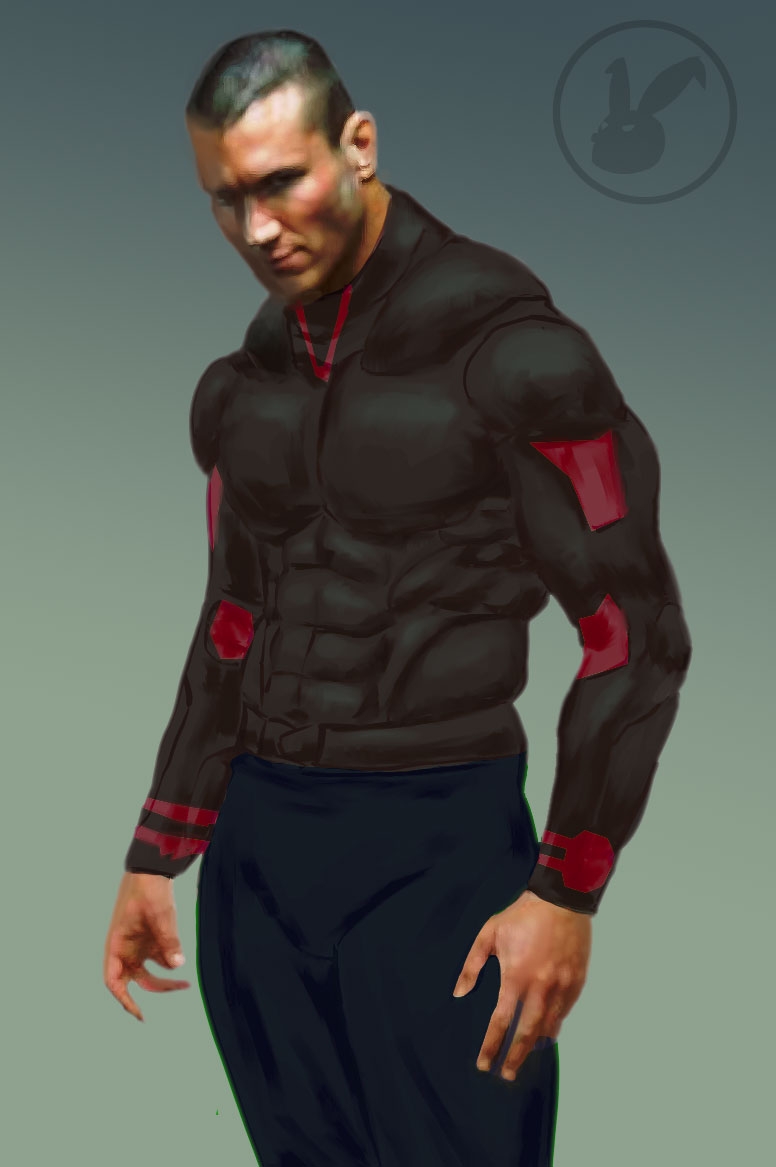The BRAWL² Tournament Challenge has been announced!
It starts May 12, and ends Oct 17. Let's see what you got!
https://polycount.com/discussion/237047/the-brawl²-tournament
It starts May 12, and ends Oct 17. Let's see what you got!
https://polycount.com/discussion/237047/the-brawl²-tournament


Replies
Also, I've read and watched Shaddy Saffadi's arguements for using photos and 3d block-ins in his studio and associates' production art. This is not my current style but I want to explore it. I want to have a direct experience with this technique to judge for myself if this is a style I should do more or include in my work-seeking portfolios. I'm aware of the bias-against amongst artists but I'm also noticing the increasing demand and acceptance for this look.
If you want to establish a solid concept, I think you need to be able to abstractly capture a mood and setting before you even add any photo elements in.
I'd ditch using photos for your background, and try to paint most of your world elements at least to a simplified level and only then start layering more photo elements in. Seems like you're starting with a photo and adding more photos, and stitching em together with paint. It's kinda frankensteiny atm.
These are all personal exercises. I'm not pretending they're going to be anything but. There are technique constraints and what I'm deliberately doing is not to fight it. Constraints like: random image sources, design mismatch (values, colors, focus, everything), edge control, pixel incompatibility (it gets worse when you have to re-scale). I'm realizing two possible start approaches so far...pre-figure the idea, composition, or story before I search images OR live with what you've got (make up the story, design, or composition on the fly). Can't find the perfect image, use the next best one's discovered. Not the original perspective in mind, live with what you've got. Right now, I'm leaning towards the freestyle approach.
Also, an added personal challenge is to progressively rely less on paint stroke editing and use the sourced image pixels more.
Maybe when I've hit my 80th attempt I'd figure out an "ideal" balance, less MEME-like and more like a visually harmonious concept piece.
I have to say I kinda do dig the fact that you're working from a perspective of anti abstraction. Meaning that, instead of trying to figure out what you're making, you know what you're working with and work back from there trying to make the image whole with your sources. I think the ideal is to make that process artistically satisfying which could take quite a lot of experimentation fo sho. good luck!
Doing the bullet holes was an accidental surprise. Source image was one 2d black and white bitmap, it wasn't even a real alpha map.
EDIT: Tip...even if you didn't include any actual pixels from photosources in your final presentation and you've even composited and edited them with other maps, double check anyway for lingering metadata.